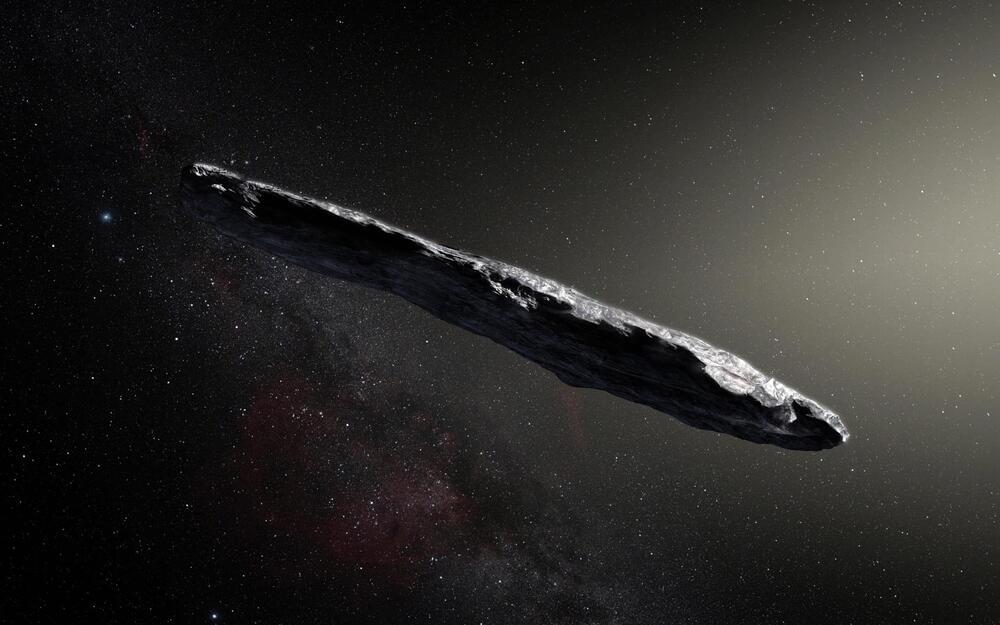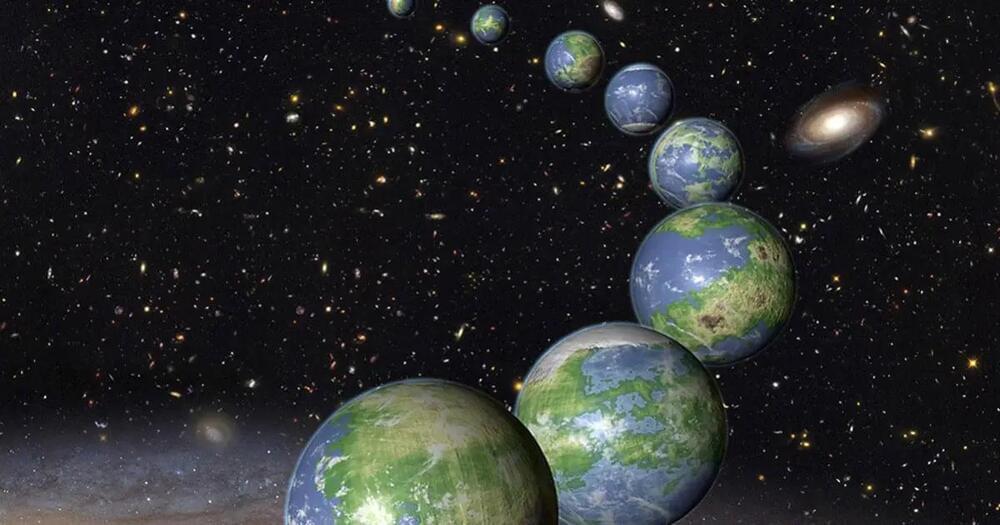More than a hundred years ago, astronomer Percival Lowell made the case for the existence of canals on Mars designed to redistribute water from the Martian ice caps to its lower, drier latitudes. This necessarily meant the existence of Martians to build the canals.
While Lowell was proven wrong by better telescopes, the question of whether there’s liquid water on Mars continues to tantalize researchers. Liquid water is a critical precondition for a habitable planet. Yet the combination of low temperature, atmospheric pressure and water vapor pressure on Mars means any liquid water found there would likely freeze, boil or evaporate immediately, making its presence unlikely.
Still, researchers continue to make the case for the presence of liquid water on Mars.






